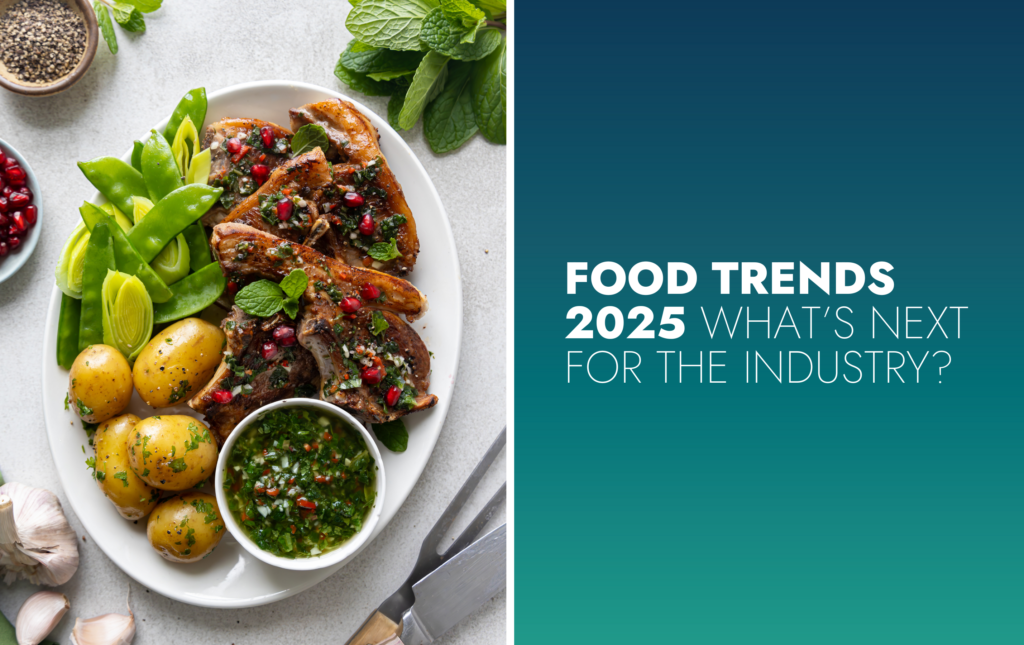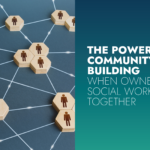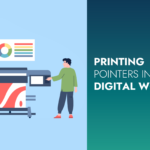In 2025, consumers are demanding more from their food—more convenience, more nutrition, more sustainability. At Zahra, we have a front-row seat to these shifts, engaging with Ireland’s largest food community, collaborating with brands and chefs, and staying ahead of emerging trends at industry events.
So, what’s on the menu for 2025? Here are the five key trends shaping the way we eat, drink, and snack in the year ahead.
1. Waste-not menus & sustainable dining
Sustainability is more than just a buzzword—it’s a necessity. Restaurants are moving towards ‘waste-not’ menus, ensuring that every part of an ingredient is used creatively. Think carrot-top pesto, beetroot-leaf salads, and nose-to-tail cooking that minimises waste while maximising flavour. Diners are increasingly choosing restaurants that align with their environmental values, making sustainability a key factor in success.
2. Real plants, not plant-based ‘meat’
The plant-based movement isn’t slowing down, but it is shifting focus. Consumers are moving away from ultra-processed meat alternatives and turning to whole, natural plant ingredients instead. Expect to see lentils, chickpeas, and mushrooms take centre stage, offering satisfying, nutrient-dense alternatives to meat. Interestingly, many restaurants are dropping ‘vegan’ or ‘vegetarian’ labels altogether—because if a dish is delicious, does it really need a category?
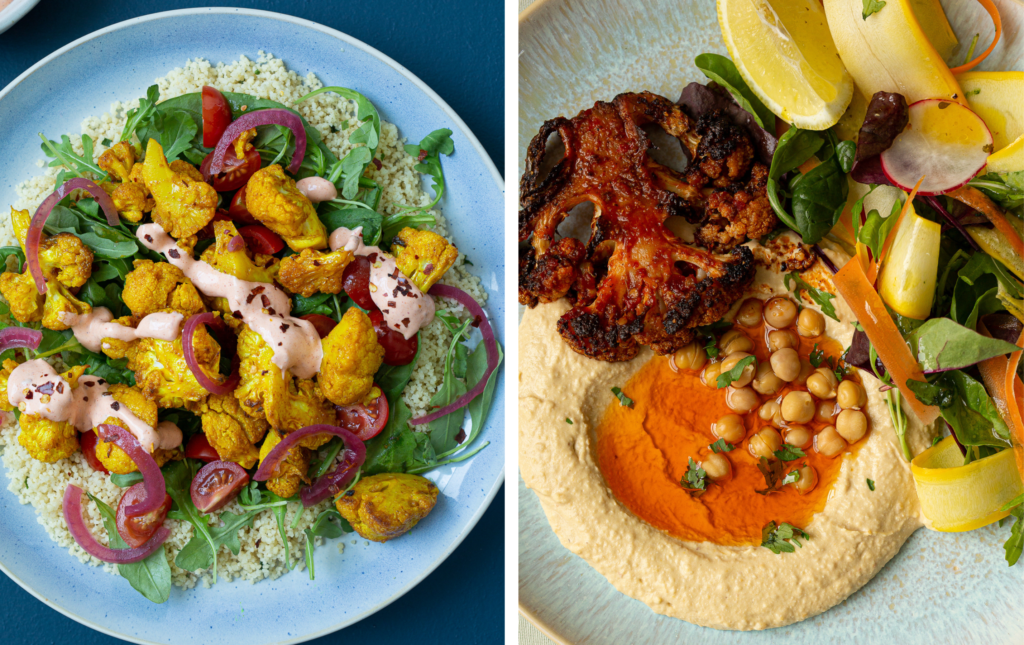
3. The next wave of fermented foods
Fermentation has moved well beyond kombucha and kimchi. In 2025, expect fermented foods to take over unexpected categories—from fizzy probiotic sodas to fermented chilli pastes adding depth to sauces and marinades for their gut-health benefits. Chefs and food brands are also experimenting with fermentation techniques to enhance umami flavours in plant-based dishes, bringing even more complexity to meat-free menus.
4. Super snackers: The era of grab & go
Millennials and Gen Z are redefining how we eat, with snacking replacing traditional meals for over a third of consumers globally. The ‘on-the-go’ lifestyle is back in full force. With hybrid work patterns and busy schedules, convenience is king—but consumers aren’t willing to compromise on quality. The rise of premium sandwiches and bowls is proof that grab-and-go doesn’t have to mean uninspired. Think elevated sourdough sandwiches, protein-packed grain bowls, and restaurant-quality meals designed for takeaway. Even high-end establishments are embracing this shift, offering gourmet options that cater to time-pressed customers without sacrificing creativity or flavour.
5. The protein boom continues
Protein is no longer just for gym-goers—it’s now a key focus across all demographics. From supporting muscle health to balancing hormones during menopause, protein is in high demand. The protein powder market is booming, and brands are responding with more high-protein snacks, bars, and dairy alternatives. Expect to see protein-rich foods sneak into everything from granola to coffee.
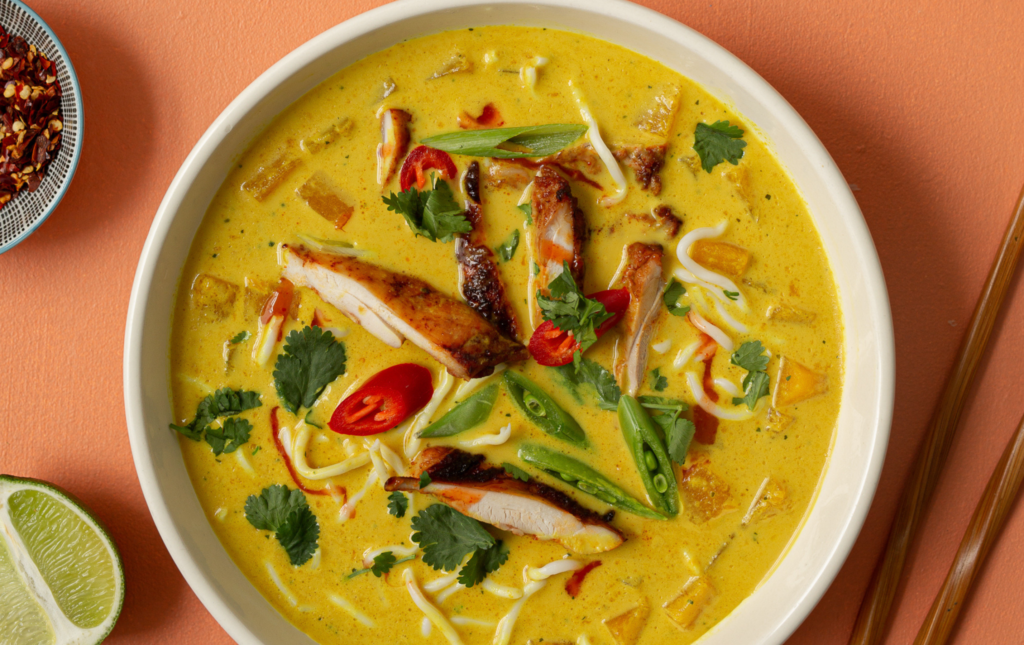
What this means for brands & businesses
Food in 2025 is healthier, more convenient, and more sustainable than ever. Consumers are looking for flavour, function, and ethics—and they expect brands to deliver. Whether it’s a focus on high-quality grab-and-go, better-for-you snacks, or eco-conscious dining, the opportunities are vast for those ready to innovate.

